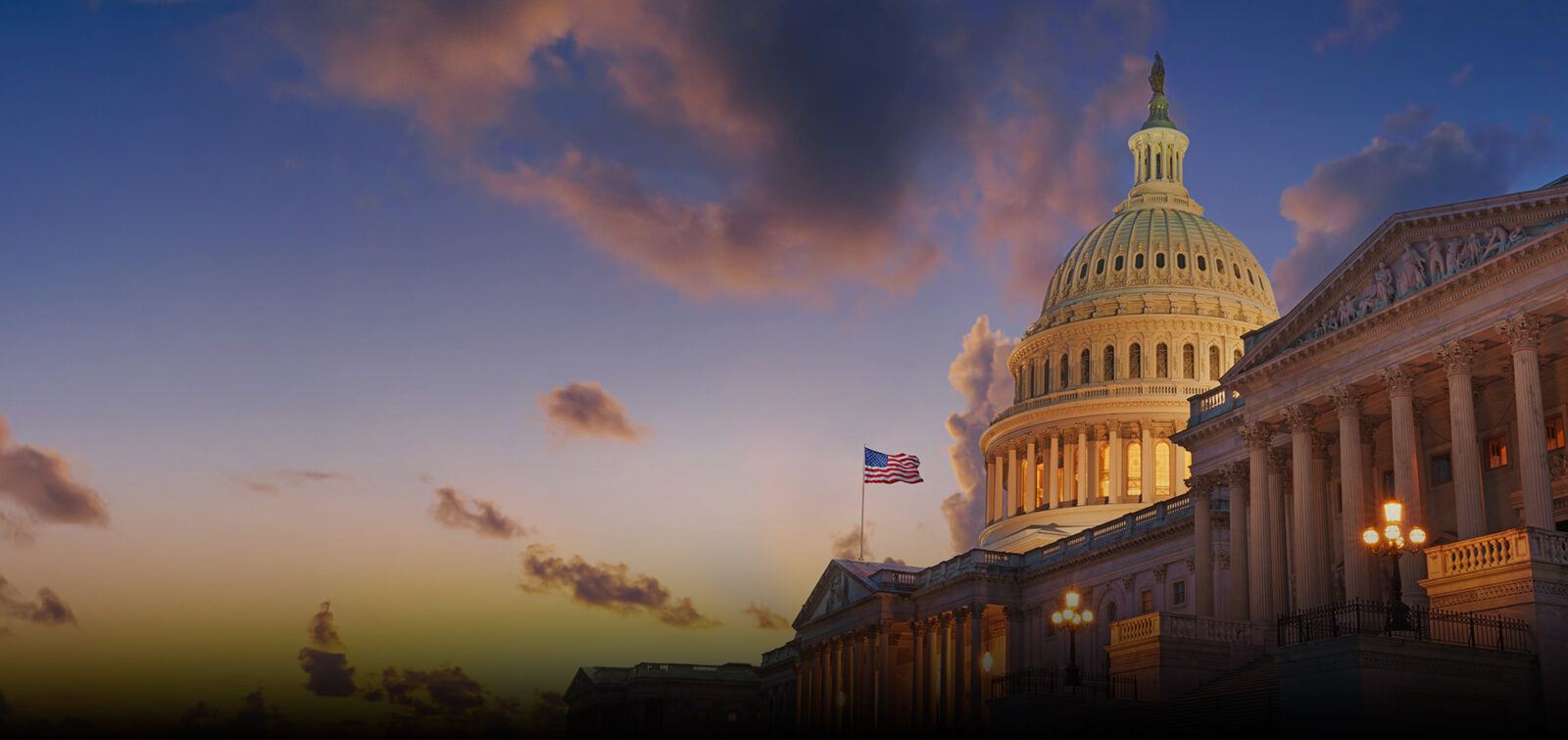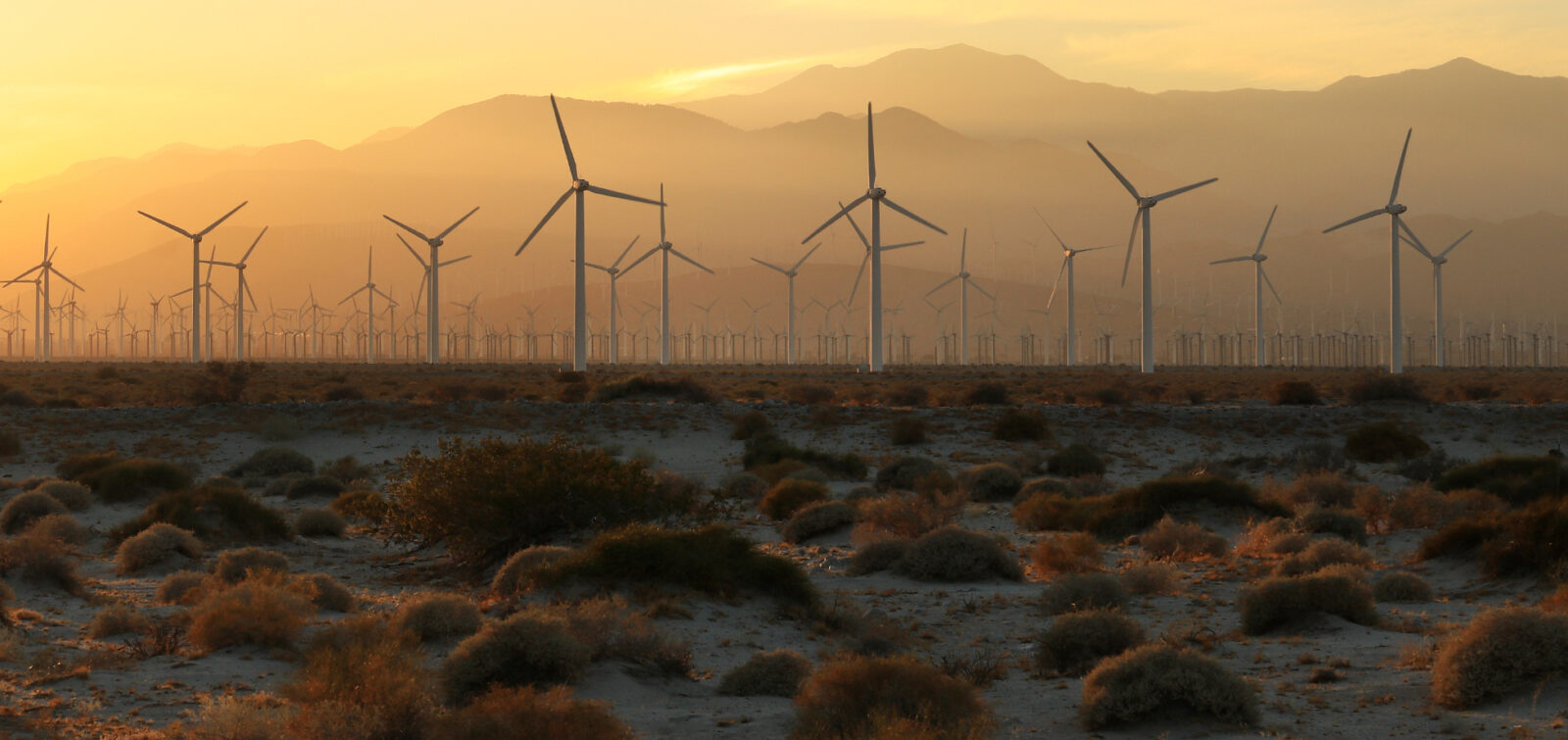The U.S. Department of the Interior (Interior) recently announced a new policy that “end[s] preferential treatment for unreliable, subsidy-dependent wind and solar energy.” The memo requires that “[a]ll Department-related decisions and actions concerning wind and solar energy will undergo elevated review by the Office of the Secretary, including leases, rights-of-way, construction and operations plans, grants, consultations, and biological opinions.” In other words, all decisions that may have previously been delegated down to regional and field offices are now required to be funneled through headquarters in Washington, DC. This is likely to result in significant schedule delays.
President Trump has been clear about his opposition to wind projects, issuing a Presidential Memorandum on his first day in office that officially “paused” all leasing for offshore wind projects and paused permit decisions for offshore and onshore wind projects. Also on his first day in office, the President declared an energy emergency that excluded solar as a reliable source of energy covered by the emergency declaration. He also repeatedly pushed for the repeal of tax incentives for renewable projects in the Inflation Reduction Act, which he referred to as the “Green New Scam.”
This hostility toward renewable energy and this latest policy from Interior creates bureaucratic obstacles to the timely and efficient completion of critical renewable energy projects. As a practical matter, this new policy from Interior, which lists sixty-eight specific actions subject to heightened review with a sixty-ninth catch-all that covers “any other similar or related decisions, actions, consultations, or undertakings” could implicate projects on or off Interior-managed lands.
For example, if a wind or solar project is proposed on private lands but requires a Section 404 permit from the U.S. Army Corps of Engineers (USACE) and threatened or endangered species subject to the Endangered Species Act may be present, the USACE would engage in consultation with the U.S. Fish and Wildlife Service. That consultation, which historically would have been handled at the regional level, is now required to obtain approval from the Secretary of Interior. As written, it would not appear to matter whether there was, in fact, a take or an effect on the listed species; the consultation itself is an Interior action subject to the heightened review policy.
The policy memo from Interior is effective immediately and will have an effect on all current and future projects—it does not allow for grandfathering projects under the old policy. As a result, we can expect all reviews, consultations, approvals, and the like to slow substantially. Looking ahead, there is greater incentive to avoid any nexus with Interior for wind and solar projects, meaning avoiding any impacts to listed species, avoiding Interior-managed lands, and avoiding any other trigger for Interior’s engagement.
This policy is very likely to be challenged, as it could lead to violations of statutory timelines for endangered species consultations or the timelines for completing reviews under the National Environmental Policy Act. It also creates an unequal playing field for renewables, which the industry has already indicated will be litigated. For now, we can expect delays and uncertainty as this policy is implemented and challenged. Through it all, the ESA Federal Strategy Team will be closely monitoring and advising our clients based on the latest available information.
If you have questions about this news and how it will affect your project, please reach out to Eric Beightel, Federal Strategy Director, and Sharon Niemczyk, Energy Market Leader.







